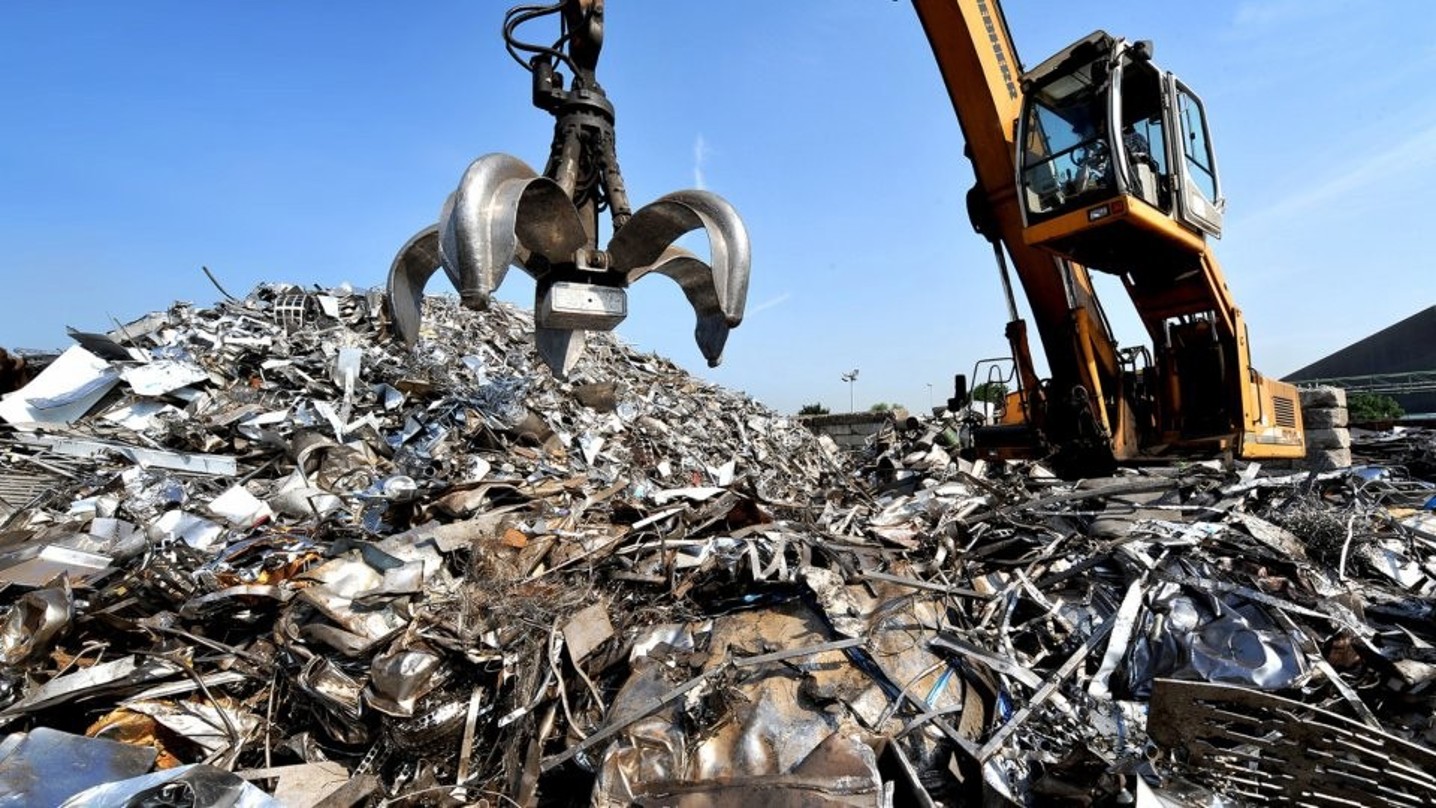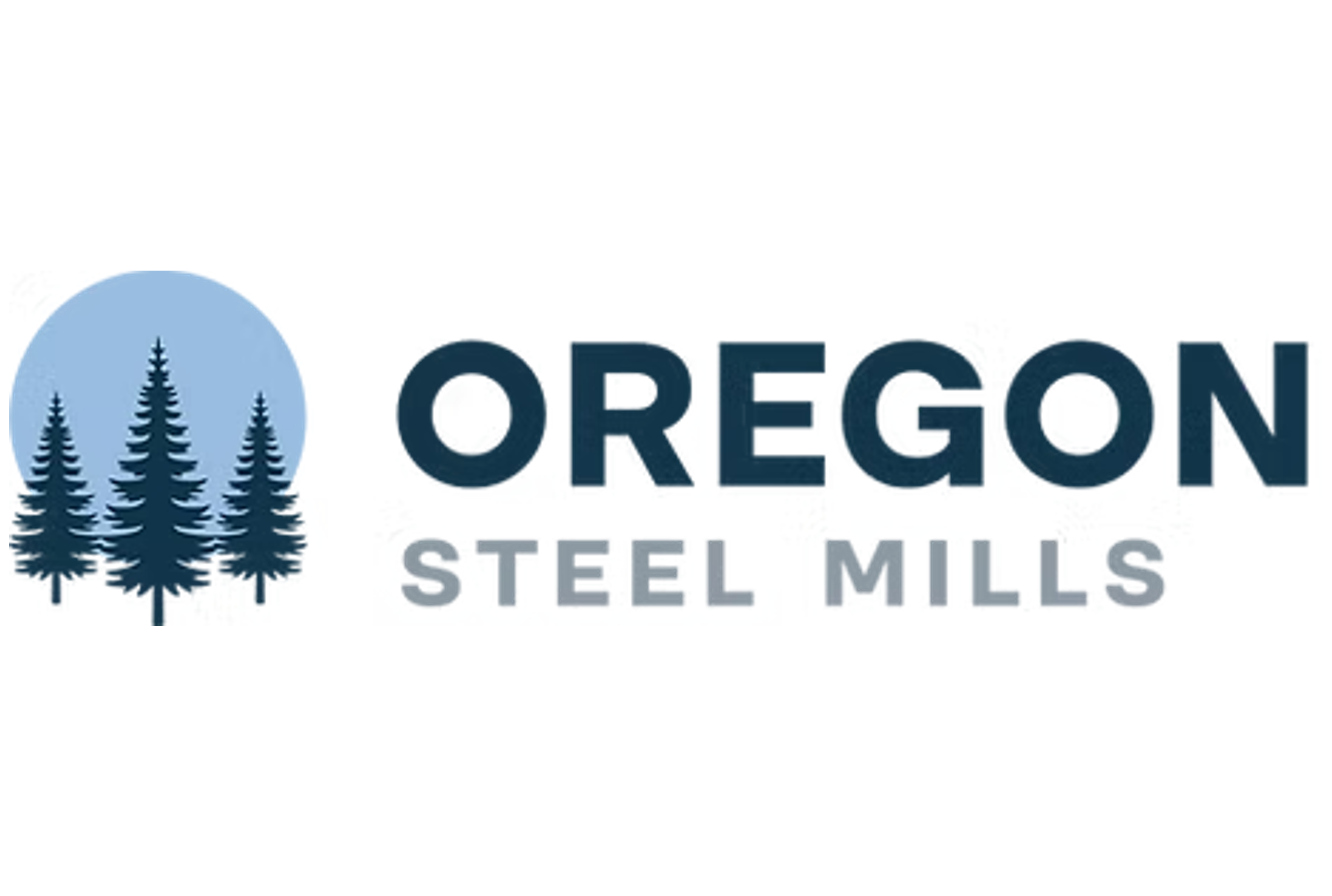Product
May 1, 2018
Construction Spending Drops in March as Tariffs Impact Demand
Written by Sandy Williams
Construction spending dropped from the previous month to a seasonally adjusted annual rate of $1.285 trillion in March, but was still up compared to a year ago, according to an analysis of new Census data by the Associated General Contractors of America. AGC officials blamed the decline on drops in private sector construction as new steel and aluminum tariffs, and resulting price increases, impact demand.
Monthly construction spending declines were noted in health care, commercial, manufacturing and lodging construction. The private sector funding declines were too large to offset the modest increase in public sector funding, particularly for highway and street construction, between February and March, said AGC .
The annual increase in construction spending was due to a 5.3 percent surge in private residential-sector construction spending and a 2.2 percent increase in private nonresidential construction spending. Public construction spending increased by 3.0 percent in March.
“The administration’s new steel tariffs appear to already be having a negative impact on demand for many types of construction services,” said Stephen E. Sandherr, the association’s chief executive officer. “Not only are contractors getting squeezed by higher prices for steel and aluminum products, but it seems many private sector developers are rethinking some investments amid growing fears of a trade war.”
{loadposition reserved_message}
Association officials said they were encouraged by the fact the administration has opted to continue exempting many key trading partners from the new steel and aluminum tariffs the president imposed earlier this year. But they cautioned that continued uncertainty about whether and how long those exemptions will remain in place is contributing to continued price increases for steel and aluminum products that many contractors are being forced to absorb.
“The price increases in steel products that have been introduced since the tariffs were announced have made the different between making money and losing money on many contractors’ projects,” Sandherr said. “That is because firms that bid projects before the tariffs were announced are being forced to pay more than they anticipated for steel products when they submitted their project bids.”







